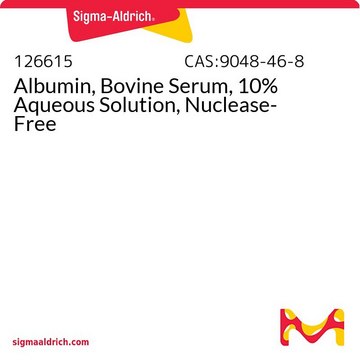SAB1401244
Monoclonal Anti-MGAT5 antibody produced in mouse
clone 3E9, purified immunoglobulin, buffered aqueous solution
Synonym(s):
GNT-V, GNT-VA
About This Item
Recommended Products
biological source
mouse
Quality Level
conjugate
unconjugated
antibody form
purified immunoglobulin
antibody product type
primary antibodies
clone
3E9, monoclonal
form
buffered aqueous solution
species reactivity
human
technique(s)
capture ELISA: suitable
western blot: 1-5 μg/mL
isotype
IgG2aκ
NCBI accession no.
UniProt accession no.
shipped in
dry ice
storage temp.
−20°C
target post-translational modification
unmodified
Gene Information
human ... MGAT5(4249)
Related Categories
General description
Immunogen
Sequence
LAEPGQSCKQVCQESQLICEPSFFQHLNKDKDMLKYKVTCQSSELAKDILVPSFDPKNKHCVFQGDLLLFSCAGAHPRHQRVCPCRDFIKGQVALCKD
Biochem/physiol Actions
1,6-branched N-glycans by N-acetyl-d-glucosamine transfer. MGAT5 plays a significant role in invasion and metastasis of various cancer, including glioma and hepatocellular carcinoma. It is also known to be associated with multiple sclerosis and liver fibrosis. Increased radiosensitivity of cancer cells is observed upon MGAT5 inhibition.
Physical form
Disclaimer
Not finding the right product?
Try our Product Selector Tool.
Storage Class
10 - Combustible liquids
flash_point_f
Not applicable
flash_point_c
Not applicable
Certificates of Analysis (COA)
Search for Certificates of Analysis (COA) by entering the products Lot/Batch Number. Lot and Batch Numbers can be found on a product’s label following the words ‘Lot’ or ‘Batch’.
Already Own This Product?
Find documentation for the products that you have recently purchased in the Document Library.
Our team of scientists has experience in all areas of research including Life Science, Material Science, Chemical Synthesis, Chromatography, Analytical and many others.
Contact Technical Service